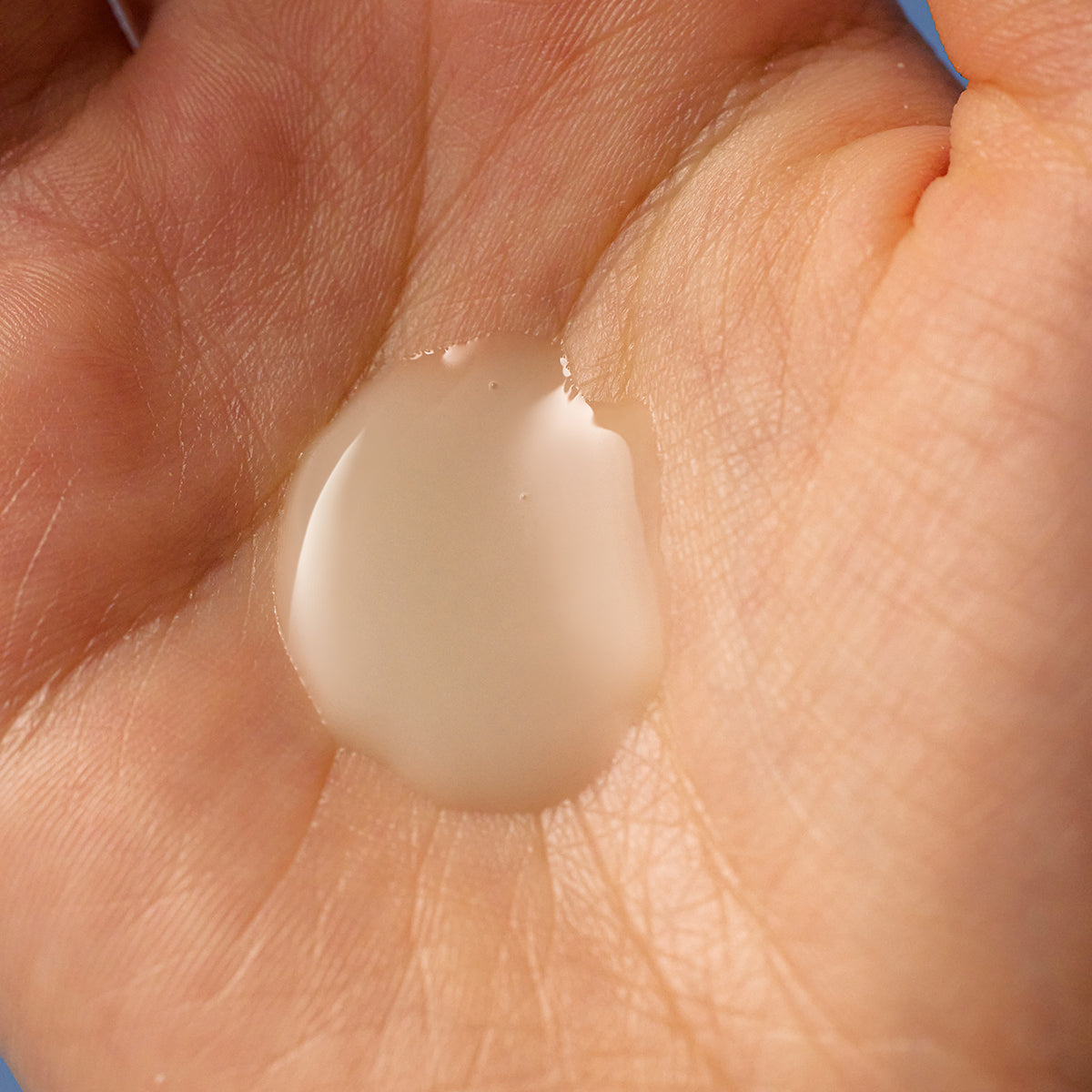#K-Food: Dishes That Aren't Originally Korean?!
Food is a huge social aspect everywhere you go, and that includes Korea! Just like many other countries, there are Korean dishes that are influenced from other parts of the world. These Korean dishes are a huge part of Korean culture now, and sure they have been changed, but you may not know they are actually inspired by other countries.
Tanghulu

In the past few years, tanghulu (탕후루) has become super popular in South Korea because of its interesting texture and how cute and aesthetic it looks. You’ll find hundreds of stores and street food stalls in Korea dedicated to tanghulu. But it originated from China where hawthorne berries are usually used. After dipping them into a sugar syrup, they’ll harden and create a beautifully clear and crunchy shell! As hawthorne berries are not commonly found outside of China, tanghulu in Korea are more commonly made with fruits like strawberries, grapes, and sometimes even whole mandarins! They actually pick out the slightly sour fruits so that when the sugar coating is added, it's “not too sweet” (the ultimate compliment when it comes to desserts in Korea)!
Fried Chicken

Like many, when I first tried Korean fried chicken, I was instantly in love. The thin but super crispy batter and the juiciest meat ever on the inside was really a match made in heaven. It was unlike any other fried chicken that I’ve tried! This is a take on what I know as ‘soul food” fried chicken which has a much thicker, breadier and flavourful crust. Each recipe is very different, meaning the final dishes can hardly be compared, yet both are equally delicious!
Black Bean Noodles

Jjajangmyeon (자장면) is another dish that has Chinese origins, but one that Koreans have adapted over the years. So much so that they are now considered to be separate dishes. Incheon, a city in Korea was where Chinese immigrants first brought this dish to. In China, zhajiangmian combines ground pork and a fermented wheat paste, creating a very savoury sauce. It’s full of flavour each bite you take! But in Korea, jjajangmyeon uses black bean paste, pieces of pork belly, and sometimes vegetables to create a caramelised sauce. I’ve noticed the noodles are also thinner in jjajangmyeon. Like many other Korean dishes, jjajangmyeon is also paired with pickled yellow radish to balance out the richness of the sauce and create the best combination of texture and flavour!
It’s hard to say what dish is better in all of these comparisons as they're all so delicious, but I think these are some good representations of how innovative and resourceful Korean people are! It’s also a fun way of seeing some of the alterations that have been made over the years to make the dishes more suitable for Korean taste buds. Take this as your sign to try them out when you get the chance!


























Leave a comment